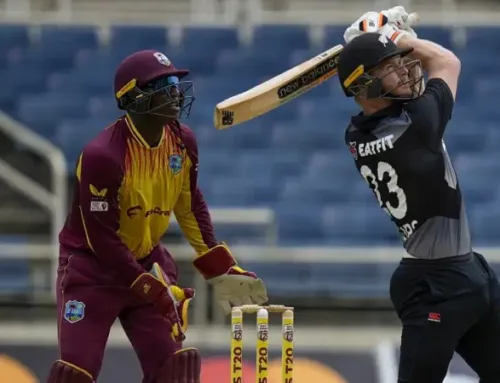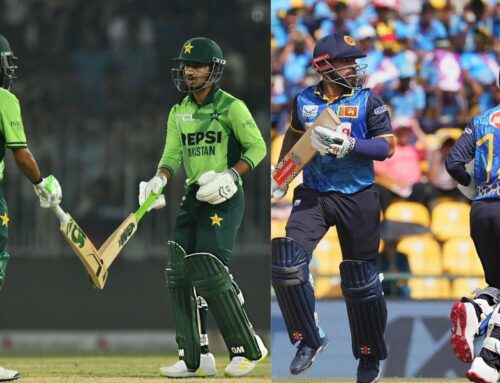Women’s cricket has grown leaps and bounds over recent years — and when you compare teams like Bangladesh and Australia, you see both the challenge and promise of the sport. Below is a comparison of their strengths, weaknesses, trajectories, and what each side represents in the broader canvas of women’s cricket.
1. Historical Context & Foundation
-
One of the powerhouses of women’s cricket.
-
Australia has a deep infrastructure, strong domestic leagues (like the Women’s Big Bash League), and excellent grassroots pathways.
-
The team has won multiple ICC titles and often enters tournaments as favorites.
-
They also recently laid down a 10-year plan to further boost women’s cricket, aiming to increase participation, infrastructure, and visibility. Reuters
Bangladesh Women
-
Relatively younger in terms of international exposure.
-
They gained ODI status around 2011. Wikipedia
-
Domestic development is improving — for example, the Bangladesh Women’s Cricket League was inaugurated to give women experience in multi-day cricket. Wikipedia
-
Often faces resource constraints: fewer high-profile domestic tournaments, limited exposure compared to cricketing giants.
2. Recent Head-to-Head & Performances
-
In the Australia tour of Bangladesh in 2023-24, Australia won all matches (ODIs and T20Is) cleanly. Wikipedia
-
In a recent match in the Women’s World Cup, Australia defeated Bangladesh by 10 wickets, chasing down 199 without losing a wicket. The Times of India+2The Guardian+2
-
In that match, Alyssa Healy scored 113 not out; Phoebe Litchfield scored 84 not out. The Guardian+1
-
On Bangladesh’s side, Sobhana Mostary hit 66* — their first-ever half-century against Australia in an ODI. The Guardian
-
But Bangladesh’s overall consistency in international tournaments is still in development; often, they manage flashes of brilliance but struggle in sustaining across matches.
3. Strengths & Challenges
| Team | Key Strengths | Major Challenges |
|---|---|---|
| Australia | Deep bench strength, experienced leadership, excellent domestic structure, financial backing, strong coaching support | Managing fatigue across tournaments, evolving fielding and mental resilience under pressure |
| Bangladesh | Passionate young players, hunger to improve, recent domestic structures improving, surprise factor (less predictable) | Less exposure, resource constraints, inconsistency, pressure handling in big matches |
For instance, in the recent match, Australia’s fielding had lapses (dropped catches) despite dominating — showing that even strong teams must refine all aspects. The Guardian+1 Meanwhile, Bangladesh’s batting has occasionally lacked depth beyond a few players.
4. Key Players to Watch
Australia
-
Alyssa Healy: The skipper and a match-winner with the bat.
-
Phoebe Litchfield: Young talent showing maturity.
-
Bowlers such as Alana King, Georgia Wareham, etc.
Bangladesh
-
Nigar Sultana: Captain and experienced part of the core. Wikipedia+2Bangladesh Cricket Board+2
-
Sobhana Mostary: Emerging batter, capable of anchoring innings.
-
Young talents: e.g. Habiba Islam Pinky is making waves as a teenager in the squad. Wikipedia
-
Sumaiya Akter: All-rounder gaining attention. Wikipedia
5. What the Future Holds & What Bangladesh Can Do
Australia is likely to remain a top contender. Their challenge is sustaining dominance while evolving with newer formats, managing workloads, and keeping younger players motivated.
For Bangladesh, progress will depend on:
-
Strengthening domestic systems: More frequent high-level domestic competitions, better training facilities, exposure tours.
-
Talent retention & scouting: Encouraging girls from rural areas, giving them pathways.
-
Mental & tactical skills: Building the capacity to finish tight games, handle pressure.
-
International exposure: Playing more bilateral/tri-series vs stronger teams will help them close the gap.
6. Sample Blog Introduction & Closing Snippets
Introduction (sample):
The clash between Bangladesh Women and Australia Women is more than a cricket match — it’s a representation of two contrasting journeys. On one side, Australia stands as a well-oiled cricketing powerhouse; on the other, Bangladesh embraces the spirit of rising ambition. In every delivery, run, and catch, these teams narrate not just who wins the match, but how women’s cricket is evolving across nations.
Closing (sample):
While Australia may dominate scoreboards, what’s more exciting is watching Bangladesh grow — match by match, inning by inning. Because when underdogs learn to challenge giants, that’s where the heart of sport resides. The next few years could see Bangladesh narrowing the gap and creating moments that rewrite expectations in women’s cricket.






Leave A Comment